The blossoming miracles on top of the snowy plateau
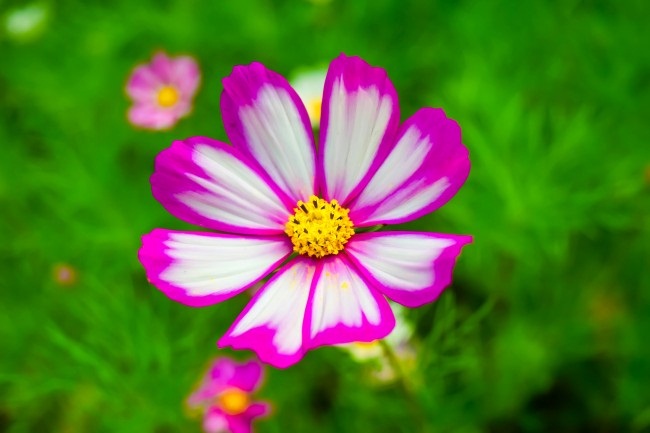
The Kelsang flower is also called Kelsang Metok. In Tibetan language, “Gesang”means “beautiful period of time” or “happiness”, “Metok” means flower. Therefore, the Kelsang flower is also referred to as the flower of happiness which has been embodying Tibetan people’s desire for happiness and auspiciousness.
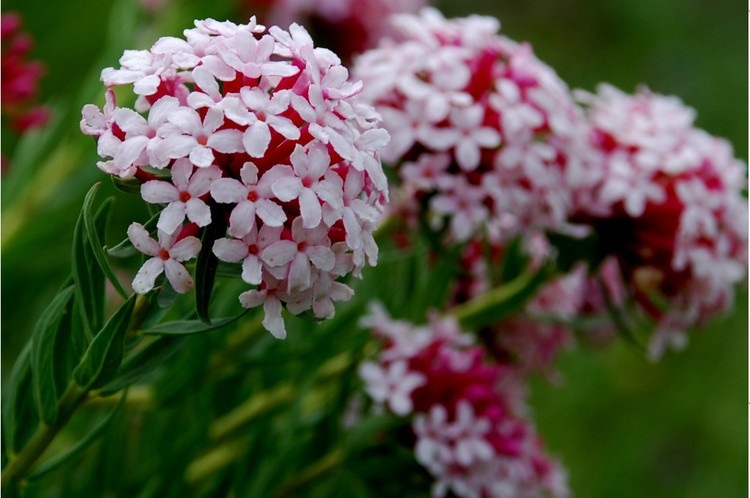
The Wolf poison flower is called “Ajiarijia” in Tibetan language and they are mostly found on the Qinghai-Tibet Plateau in China. The plant’s root, branches and leaves contain a large amount of poison which can be manufactured into a kind of medicine for external use which can be considered as a haematocathartic.
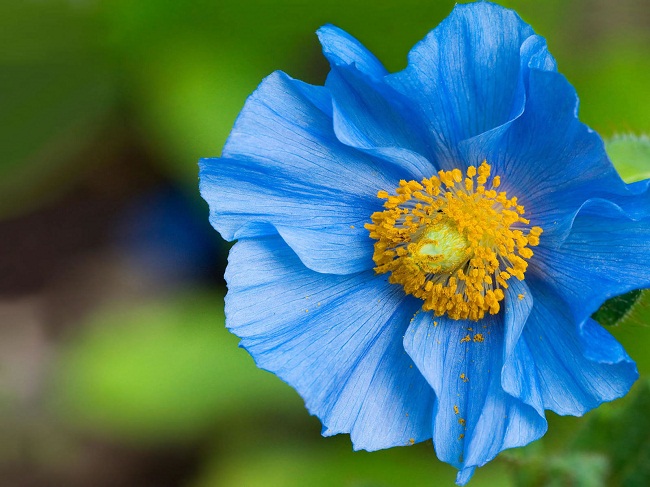
The blue poppy “meconopsis herb” along the Himalaya grows in the flowstone fields or glacier foreland at elevations of 3000 to 4000 meters. In the middle of the glacier vestige, there stands bravely a blue poppy flower blossoming with splendor, which brings hope to those travelers who pass by. Perhaps this is why in Thangka art, artists usually paint a blue poppy flower in the hand of the mercy Green Tara. It is the national flower of Bhutan.
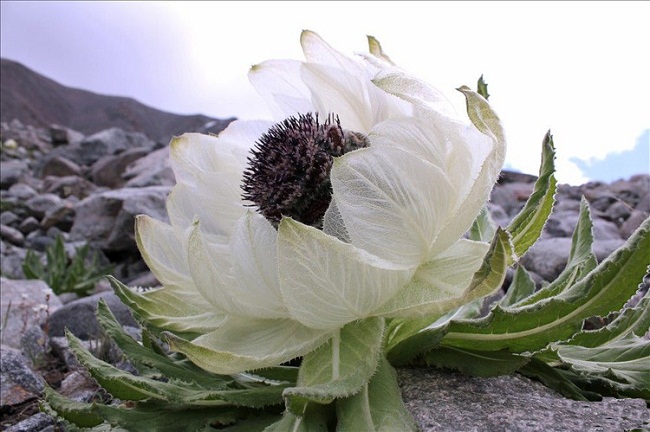
Snow lotus, which is called Qiaguosuba in Tibetan language, grows on the Qinghai-Tibet Plateau. It is not only a very rarely-seen and exotic flower species, it is also a precious Tibetan medicine that is well-known all around the world.
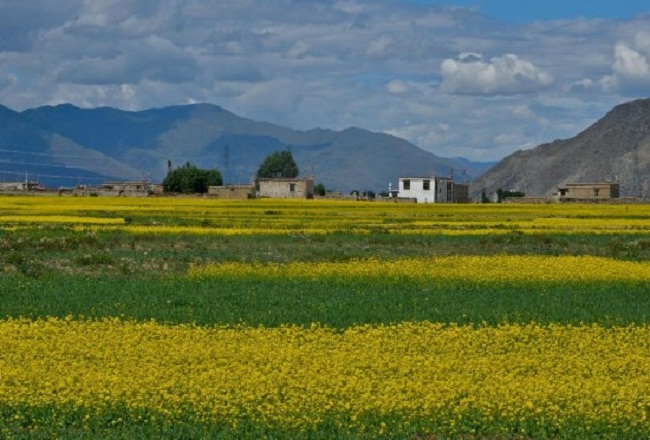
An ocean of rape flowers blossoming fully in the Maldrogungkar County of the Lhasa
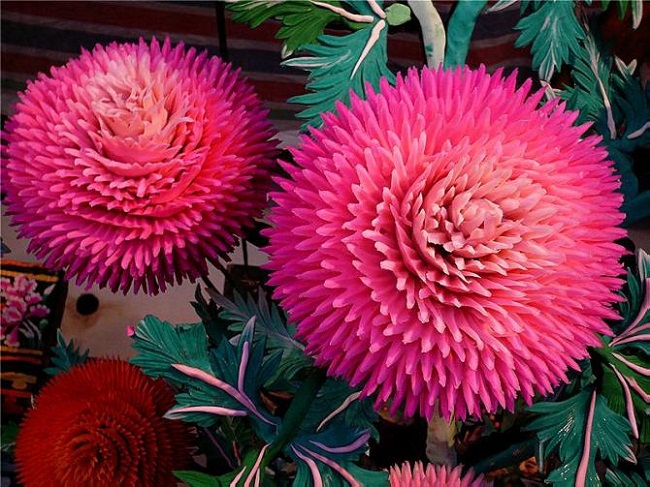
Butter sculpture making originated in Tibet and has been very popular in the entire region and looks glorious in the Ta’er Monastery. Butter sculptures, together with fresco and barbola, have formed the three wonders of Ta’er Monastery Art, which has a history of 600 years up until now and was listed as one form of China’s national intangible cultural heritage.
Your Comment
Name E-mailRelated News
-
;
-
-
Beijing starts fitting giant flower terrace on Tian'anmen Square
Beijing has started erecting a large-scale flower terrace on Tian'anmen Square to celebrate this year's National Day on Oct 1.
-
-
-
National Day flower decoration to be 3D printed
PhototakenonSept26,2015showsagiganticflowerbasketpresentedattheTian'anmenSquareinBeijing.
-
-
-
Blooming lotus flowers seen in E China
HUANGSHAN,June15,2016(Xinhua)--PhototakenonJune15,2016showsalotusfloweratYanpuParkinHuangshanCity,eastChina'sAnhuiProvince.
-
Based in Lhasa, Tibet Vista is a Tibet travel agency that specialized in Tibet permit, and Tibet tours for both private and group travelers at a local price!
•4 Days Lhasa City Group Tour from USD 460 •8 Days Everest Base Camp Group Tour from USD 850 •15 Days Mt.Kailash Group Tour from USD 1780 •2016 Tibet Train Tours from Beijing, Shanghai, Chengdu, Xining,etc










